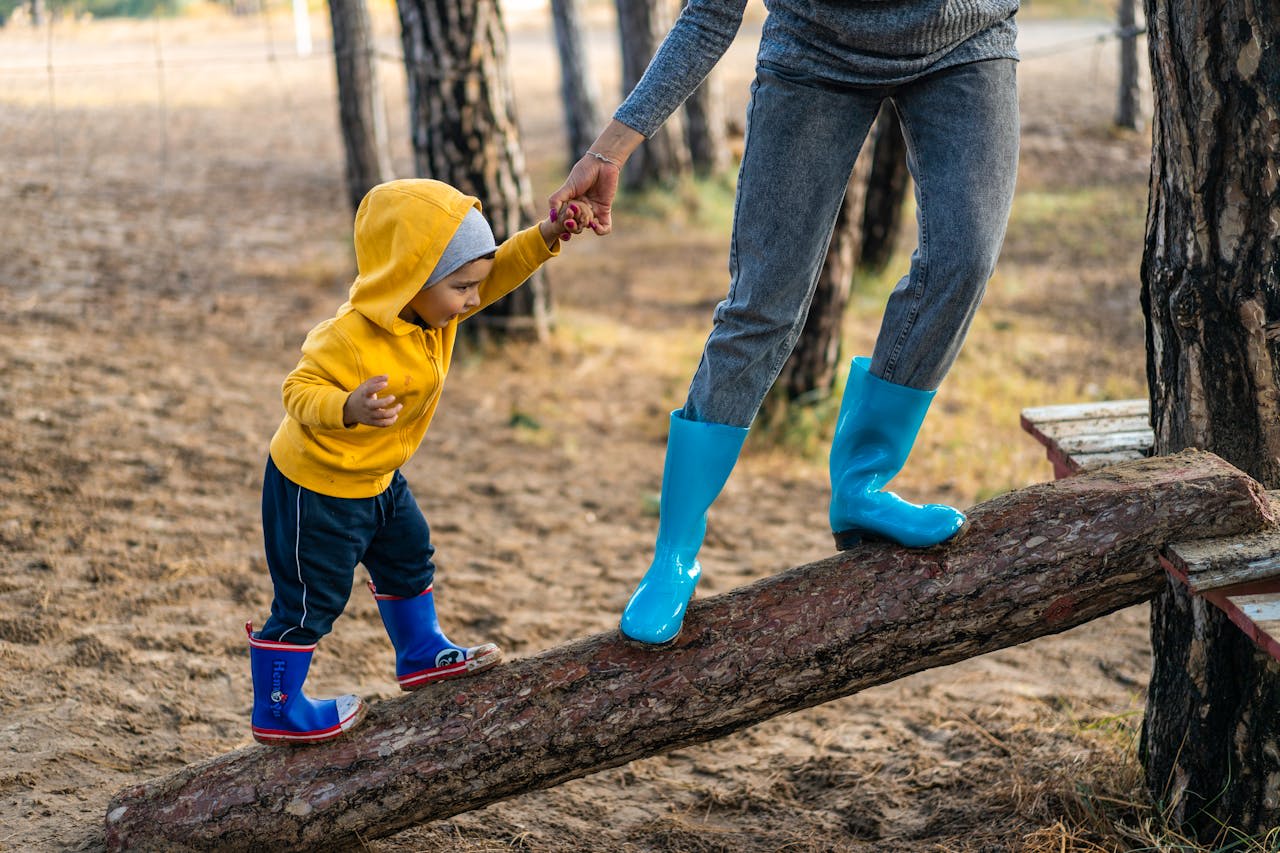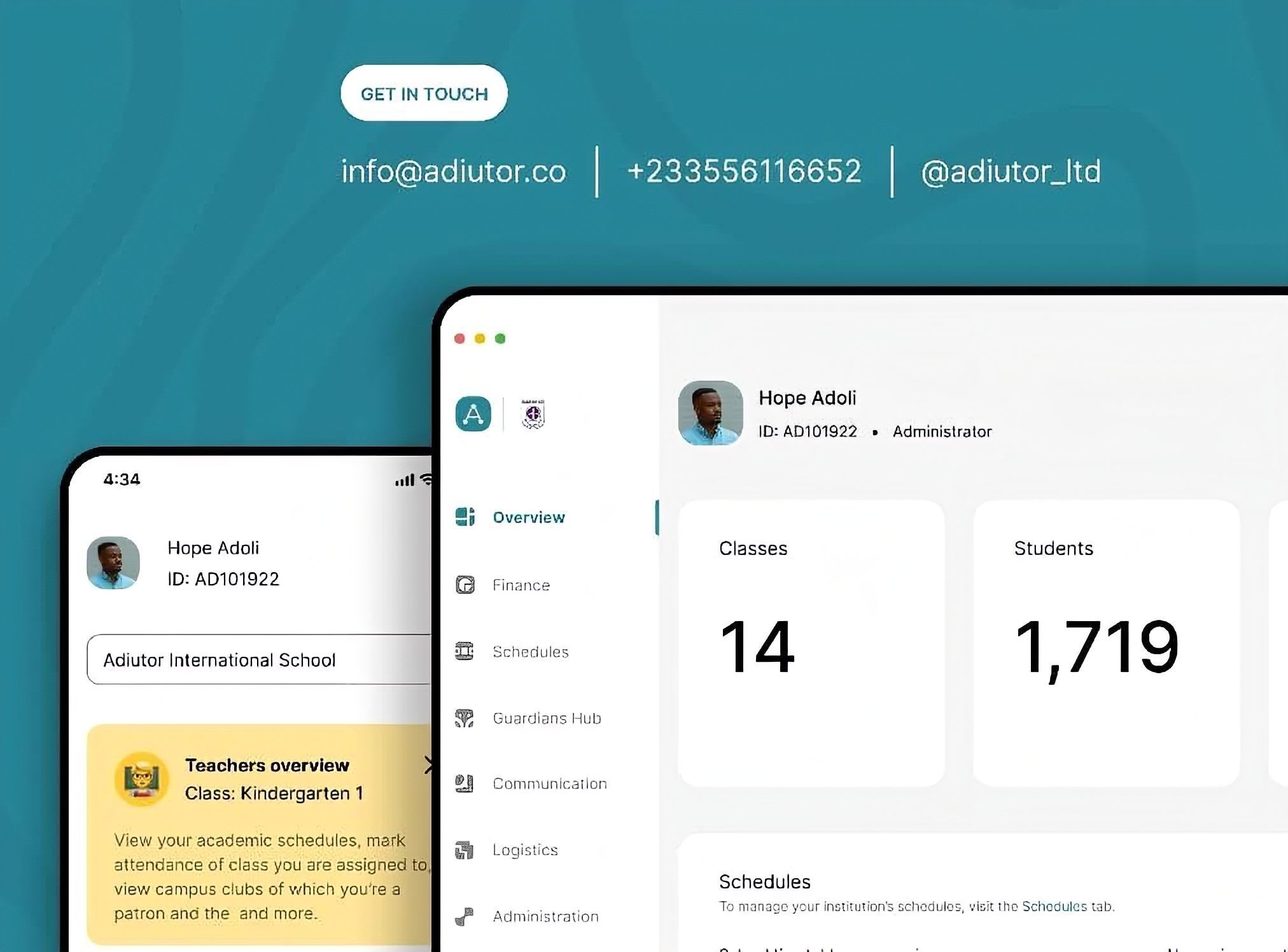Experiential Avoidance Learning

Experiential avoidance learning refers to the process through which individuals learn to avoid or escape internal experiences that feel unpleasant, such as uncomfortable thoughts, emotions, or physical sensations. It's that little voice that says, “Don’t think about it,” or the urge to distract yourself when something uncomfortable surfaces. It is a form of behavioural conditioning where avoidance becomes reinforced because it reduces short-term distress. As time goes on, this pattern can shape how a person responds to challenges, stress, and emotional discomfort.
This kind of learning isn’t inherently bad. In fact, it’s adaptive in small doses. If touching a hot stove teaches a child to avoid pain, that’s beneficial. But totally avoiding emotions like sadness, frustration, or anxiety interferes with coping and emotional growth in children given that discomfort is part of any learning process.
Mechanisms Behind Experiential Avoidance Learning
Experiential avoidance learning occurs through both neural mechanisms and behavioural conditioning processes. At the neurological level, behaviours are reinforced by changes in brain regions involved in threat detection, emotion regulation, and reward processing. Anytime an individual successfully avoids an unpleasant experience, the brain interprets this as a form of relief (a “reward”) that strengthens the avoidance response.
From a behavioural perspective, experiential avoidance functions as negative reinforcement. A student who avoids speaking in class to prevent feelings of anxiety may feel temporary relief, reinforcing the tendency to remain silent in future situations.
Interestingly, the persistence of avoidance behaviour often occurs even when it produces long-term costs. Studies suggest that avoidance learning can generalise across contexts, meaning once learned, individuals may begin avoiding cues which may not be associated with the original unpleasant experience. This helps explain why some people develop overly broad fear or avoidance responses, such as avoiding entire categories of social interactions or tasks.
In children and adolescents, this mechanism may be particularly influential, as their brains are still developing the capacity for emotional regulation. Patterns of avoidance can therefore become ingrained early, shaping later coping styles and academic engagement.
Experiential Avoidance Learning in Children, Education, and Parenting
Parenting is stressful, and parents who struggle with their own emotions often find it harder to stay calm and consistent. The way parents and teachers handle emotions like fear, anger, or sadness can strongly influence how children learn to deal with their own feelings. In schools, children who fear making mistakes or feeling embarrassed may avoid participating or trying new things. But when teachers use experiential learning (hands-on, reflective approaches) students tend to become more confident and resilient. Studies show that experiential learning helps children develop problem-solving skills and emotional awareness, reducing avoidance behaviours.
Turning Avoidance into Acceptance and Growth
Acceptance and Commitment Therapy (ACT)
One of the most effective and well-studied methods for addressing experiential avoidance is Acceptance and Commitment Therapy (ACT). ACT helps individuals develop the ability to stay open to uncomfortable emotions while continuing to act in line with personal values. In clinical settings, ACT has been found to reduce anxiety, depression, and stress by promoting acceptance and mindful awareness.
Recent research has also shown ACT’s usefulness for parents and educators. For example, parents who participated in ACT-based programs reported less stress and greater emotional availability, while children exhibited better emotional adjustment. Similarly, ACT-informed teacher training can help educators respond more calmly to classroom stressors and foster emotional openness in students.
Exposure and Behavioural Interventions
Another method for breaking avoidance cycles involves gradually and safely confronting feared or uncomfortable experiences (exposure-based learning). This process helps the brain “relearn” that discomfort is not inherently dangerous. For example, helping a socially anxious student speak briefly in front of a trusted peer group, and then reflecting on the experience can weaken the avoidance pattern over time.
Building Emotional Openness in Daily Life
Outside therapy or formal programs, small shifts in how adults model emotional openness can have significant effects. Encouraging children to name emotions (“I’m nervous about this test”) and reflect on their experience teaches that feelings are manageable. Classrooms and homes that normalise emotional expression create environments where experiential avoidance has less opportunity to take root.
Across all interventions, avoidance loses its "power" through awareness and acceptance. Discomfort is part of learning, not the reason to stop.

Adiutor
Adiutor means "helper" - we do just that, by taking a load of your school administration and helping you focus on what matters most: the kids.
References
Brown, F. L., Whittingham, K., Boyd, R. N., McKinlay, L., & Sofronoff, K. (2015). Parental experiential avoidance as a potential mechanism of change in a parenting intervention for parents of children with acquired brain injury: Findings from an intervention feasibility trial. Journal of Contextual Behavioral Science, 4(4), 266–277.
Emerson, L. M., Ogielda, C., & Rowse, G. (2019). The role of experiential avoidance and parental control in the development of child anxiety. Journal of Anxiety Disorders, 64, 9–17.
Enache, R. (2023). Teaching through experiential learning as a source of learning and self-development. Procedia - Social and Behavioral Sciences, 142, 128–134.
Enache, R. (2024). Experiential learning in preschool: Practical approaches and implications for emotional development. Early Childhood Education Journal, 52(1), 88–95.
Fey, C. (2017). The use of experiential avoidance as an indicator for anxiety symptoms in adults. Cognitive Behaviour Therapy, 46(2), 135–142.
Fledderus, M., Bohlmeijer, E. T., & Pieterse, M. E. (2010). Does experiential avoidance mediate the effects of Acceptance and Commitment Therapy for chronic pain patients? Pain, 150(3), 452–458.
Hayes, S. C., Strosahl, K. D., & Wilson, K. G. (1999). Acceptance and Commitment Therapy: An experiential approach to behavior change. New York, NY: Guilford Press.
Krypotos, A.-M., Effting, M., Kindt, M., & Beckers, T. (2014). How human avoidance behaviour is acquired: An evaluative learning approach. Behaviour Research and Therapy, 60, 29–37.
Lewis, L. D. (2014). An examination of experiential avoidance as a mediator between parental emotion regulation and child emotional functioning. Journal of Child and Family Studies, 23(4), 616–625.
Lewis, L. D., & Loverich, T. M. (2019). Measuring experiential avoidance and posttraumatic stress: Validation of the Avoidance and Fusion Questionnaire for trauma. Psychological Trauma: Theory, Research, Practice, and Policy, 11(1), 77–85.
Schlund, M. W., Magee, S., & Hudgins, C. D. (2011). Human avoidance and approach learning: Evidence for overlapping neural systems and experiential avoidance modulation of avoidance neurocircuitry. Behavioural Brain Research, 225(2), 437–448.
Shea, S. E., & Coyne, L. W. (2011). Maternal dysphoric mood, stress, and parenting practices in mothers of preschoolers: The role of experiential avoidance. Journal of Child and Family Studies, 20(5), 595–605.
Would you like me to continue with Section 5: Integrating Experiential Avoidance Learning into Emotional Growth and Education next?
